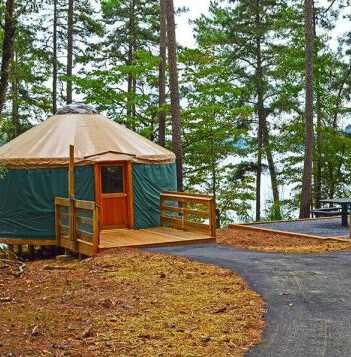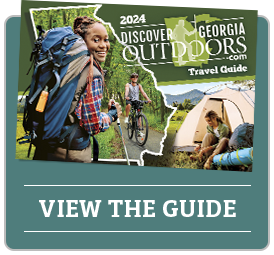Starting just past the park’s nature center, the Bay
Boardwalk leads to a hardwood and evergreen wetland dominated by two tree
species, loblolly bay and swamp bay. Even during winter, this forest appears to
be a wall of dark green, dense foliage. Typical South Georgia swamps contain
cypress and gum trees that appear bare during colder months. Even during
summer, the shade along this trail keeps the path noticeably cooler.
A creek is visible for portions of the trail and while it
may appear murky, the freshwater, which comes from rainfall and seepage, is
remarkably clear. You’ll also see from the trail that downed trees, along with leaf
and other vegetative matter, decay to form a layer of peat that can be many
feet thick. The highly acid soil forms a fire-resistant base for the forest
which, thanks to this organic composition, holds moisture except in times of
extreme drought.
An observation tower sits just less than halfway along the
loop trail, providing users a great view of the forest. Birders may spot
red-bellied woodpecker, pileated woodpecker, flicker, sapsucker, yellowthroat
warbler, pine warbler, Northern parula warbler, yellow-rumped warbler,
nuthatch, great crested flycatcher, Acadian flycatcher, barred owl, great
horned owl, red-tailed hawk, and migratory songbirds and raptors.
Following the loop toward the east, the Bay Boardwalk trail
runs into the Palmetto Trail, which connects to the pioneer campgrounds and
cottages as well as the other trails on the far side of the park. Stay left to
continue back toward the nature center and complete this easy, kid-friendly
loop.
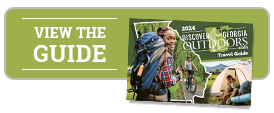



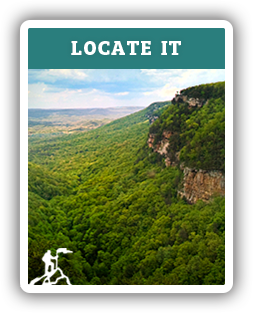

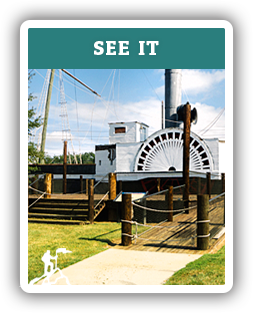

 Distance: 1.25
Distance: 1.25
 Difficulty: Easy
Difficulty: Easy
 Directions
Directions


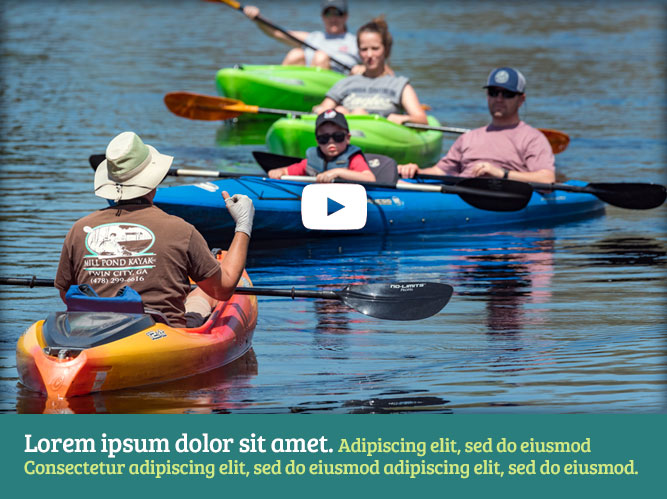


 2 months ago
2 months ago


